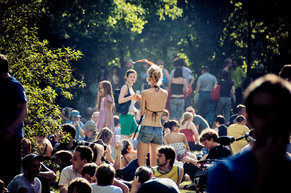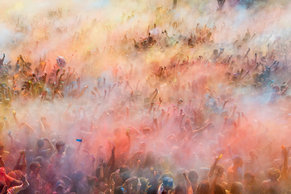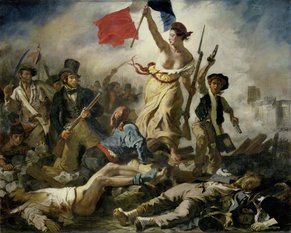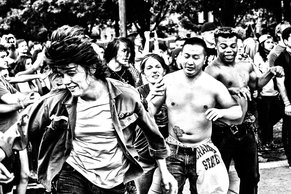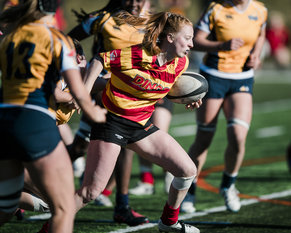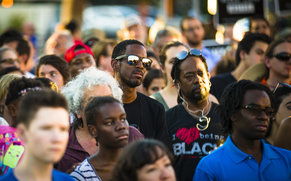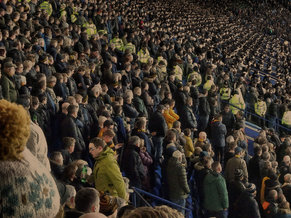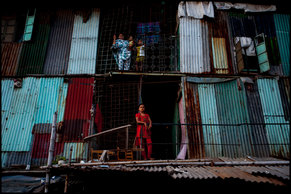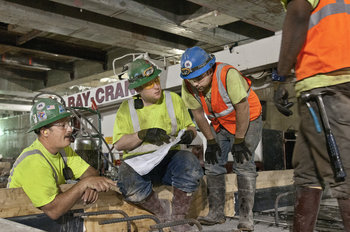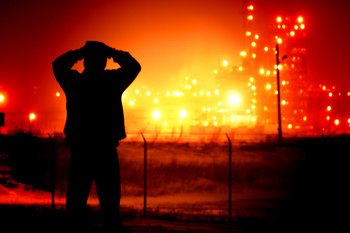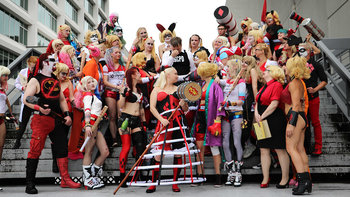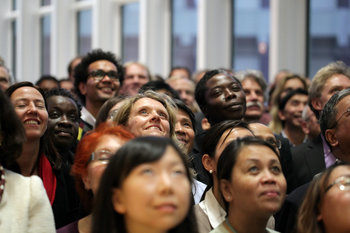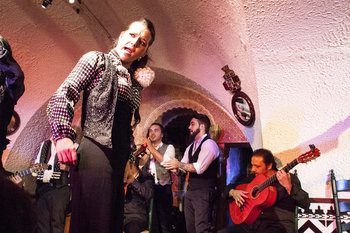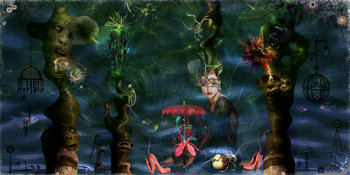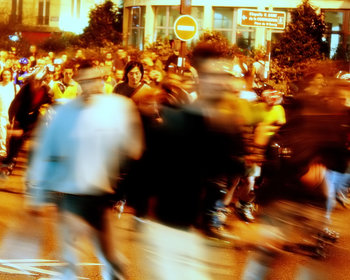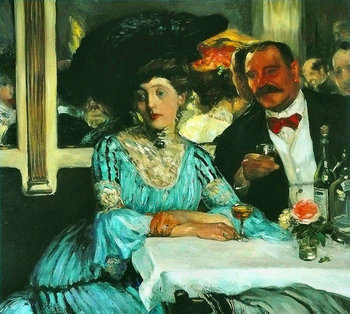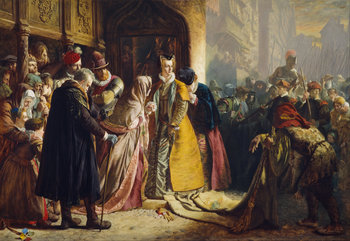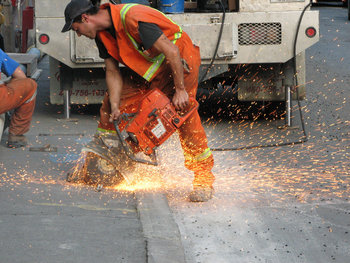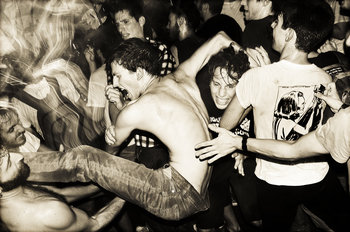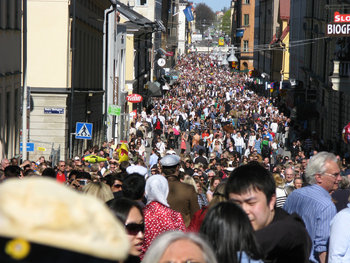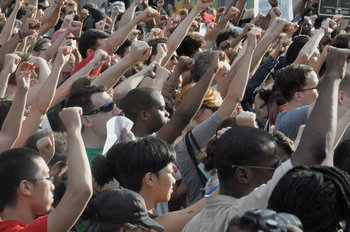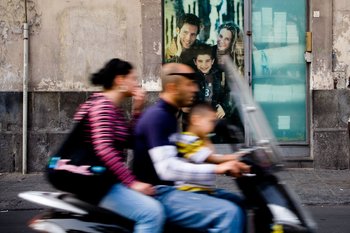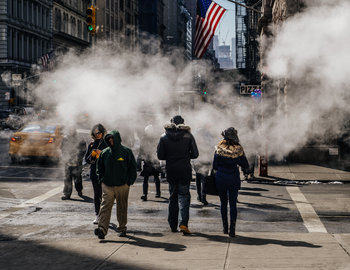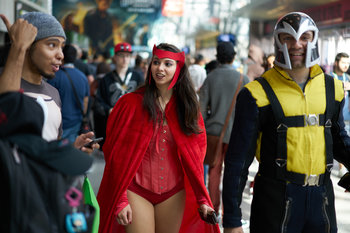
Development
A large middle class is a defining feature of a developed country. Every country has an upper class but it is characteristic of developed countries to have wide and lively participation in the economy such that many people have discretionary income. For example, Australia, Singapore and Belgium all have a large middle class that represents more than 60% of the population. This compares to 37.7% in the United States and 3% in India.
Productivity
Productivity is the amount of value created in an hour of work. A high productivity rate is required for a nation to grow and sustain a large middle class. Productivity is improved with elements such as education, healthcare, political stability, infrastructure, technology and creativity. For example, a farmer with a modern combine harvester is generally more productive that a farmer who harvests with a hand tool.
Labor Specialization
Labor specialization is a basic element of productivity whereby individuals learn different skill sets and play different roles in the economy. The middle class often choose a profession that is in demand in the market in order to secure a good wage.
Generalists
Another common path to a good wage for the middle class is the development of soft skills that are universally in demand such as leadership, personal resilience, communication, research, analysis and creativity.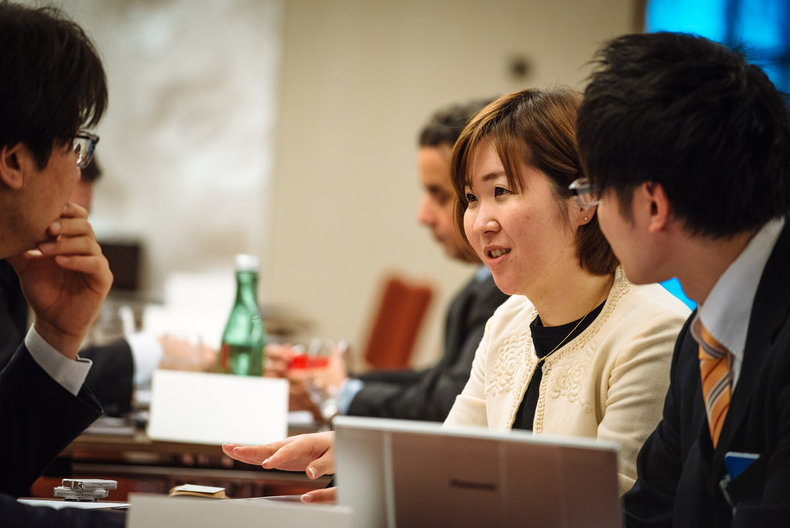
Entrepreneurs
The middle class is the primary source of entrepreneurs who invent their own products, services and business models. This is an important role that drives employment, growth and improvements to productivity.
Discretionary Income
Discretionary income is what remains of income after paying for taxes and the basics of life such as housing, education, healthcare, clothing and food. The middle class generate discretionary income such have flexibility in their spending and can choose how to use extra funds. This gives the middle class a certain degree of freedom and security.
Wealth
As the middle class have discretionary income they can choose to save and invest. This allows the middle class to participate in markets for securities such as the stock market and to accumulate capital such as land. For example, it is common for the middle class to choose the largest house they can possibly afford such that all of their discretionary income goes towards a mortgage. This is essentially a lifestyle choice that prioritizes the home over other choices such as travel. This is also a common way to accumulate wealth as the mortgage is paid off and the home becomes a store of capital.
Consumption
The middle class develop wants and needs that are far beyond basic survival. This drives a lively market for goods and services whereby the middle class rewards any firm that can capture their imagination or fulfill a need better than all other competition in a market. In a country with a large middle class, consumer behavior is a primary economic force that shapes society, economic conditions and the environment.
Leisure Class
Historically, it was only the upper class and perhaps the unemployed that had time for leisure as the working class and middle class were completely consumed with their labor. This all changed in the 20th century as average full time working hours declined significantly. The average work week declined from around 100 hours in 1890 to 44 hours per week in 2014 in the United States. Countries such as Japan, Italy, Canada, Spain, United Kingdom, Australia, Finland, Sweden, Austria, Switzerland, Belgium, Luxembourg, France, Netherlands, Norway, Denmark and Germany all having shorter average working hours than the United States. The shortening of working hours has freed the middle class to have time for rest, leisure, self-fulfillment, self-improvement and perhaps self-destructive behaviors.
Quality of Life
Quality of life is the self-reported life satisfaction of populations. In many cases, the middle class can be unhappy despite having reasonable levels of material wealth and time. This is strongly related to culture, tradition, community, environmental conditions and urban design. In other words, people who live a rich cultural and community life with access to basics such as clean air and green spaces tend to be happier as a rule.
Mainstream Culture
The culture of the middle class is typically so dominant in a developed country that this is typically considered the "mainstream culture" of a nation. This includes the norms, expectations, pastimes, rituals, celebrations, traditions and lifestyles that provide a shared experience that unite the middle class as a social group.
Competition
The middle class was born out out of social and economic competition and tend to be a competitive bunch. For example, competition is often simulated in play, sport and hobbies. It is also built into systems such as education.
Adaptability
Economies and societies continually change such that the middle class must regularly adapt in order to stay relevant. For example, many professions require life long learning and improvement to secure demand from employers in the labor market. It is also common for demand for a profession to fall due factors such as automation or changing consumer preferences. As such, it is common for the middle class to change professions mid-career.
Fear of Missing Out
The middle class commonly compare themselves to peers and to the upper class. A feeling that peers are doing better in life can trigger an intense existential angst known as a fear of missing out. This causes the middle class to copy each other such that ideas, behaviors, products, services and experiences can quickly become popular.
Social Status
Social status is the respect that an individual earns from others around them. This can be earned through social interaction or simulated with status symbols that represent desirable traits such as coolness, intelligence, wealth, youth, bravery, popularity and belonging. As the middle class have time and money they may spend it pursuing status.
Youth Culture
Historically, children commonly played an important economic role in most cultures such as helping with the harvest, housework and babysitting relatives while adults worked long hours. In many cases, middle class families no longer depend on children in these ways. Middle class youth may be expected to get a good education but beyond that are given freedom, time and financial support. This gives youth the resources required to pursue culture such as music or sport. A large and lively youth culture exists in any country with a large middle class.
Tradition
The middle class live in a world of constant change as they actively participate in economic, social and technological systems where there is intense competition to stay up-to-date. In this context, tradition provides a stabilizing force. It also provides a common experience that transcends generational differences.
Pop Culture
The middle class are a large market for entertainment, music, sports and other elements of culture that have popular appear. As such, a large middle class stimulates creative industries in areas such as film, theatre and music.
Subculture
Beyond pop culture, the middle class may form dynamic subcultures based on common values, purpose, hobbies, pursuits and aesthetics.
Comfort & Convenience
The middle class have the resources to aggressively pursue culture and self-improvement. Alternatively, they may only seek comfort and convenience by following the path of least resistance in all things. Philosopher Friedrich Nietzsche described this later tendency in a concept known as the last man which is a society that sees no purpose to life other than the avoidance of effort and pain.
Politics
The middle class typically dominate voting in a developed country with a middle class of larger than 1/3 of the population. However, it is also common for politicians to perform a bait and switch maneuver whereby they claim to represent the middle class in words but represent corporate and upper class interests in action.
Tax Burden
A high tax burden can instantly decrease the size of the middle class by eliminating discretionary income. It also has a negative long term effect as it reduces incentives for education, self-improvement and entrepreneurial risk. It is common for the tax burden of the middle class to be higher than that placed on the upper class due to factors such as regressive taxes and the sophisticated tax strategies available to high net worth individuals. In some cases, the middle class is pushed into decline with repressive taxes due to an overly large government bureaucracy and other factors such as cronyism that involves public money flowing to friends of the government through projects and outsourcing.
Entitlement
Entitlement is the sense that you are owned a high standard of living and high social status without any sense that you need to offer something in return. Where this becomes commonplace, a society may go into decline and the middle class may shrink as productivity rates stagnate due to a lack of effort and competition. Even in a world of automation, effort is required to secure a society with a high quality of life.
Upper Class
The upper class earn more from their capital than their labor and can live a lavish lifestyle indefinitely without working as long as they manage their capital well. Around 50% of the world's net wealth is controlled by the top 1% richest people and around 97% is controlled by the top 30%. That means that the bottom 70% own only 3% of wealth.
Upper Middle Class
The upper middle class have enough capital to survive without labor but would have to live relatively modestly to do so. As such, they have strong incentives to participate in the labor market. It is common for the middle class to aspire to be upper middle class or to pretend to be upper middle class in order to obtain social status.
Working Class
The working class is a social group that depend on their labor to make a living. This was historically used to separate occupations based on manual labor known as blue-collar occupations and office jobs known as white-collar occupations. This was a meaningful distinction in the mid-20th century when office jobs were typically higher paying with better working conditions than most blue-collar jobs. However, in the 21st-century it is very common for office jobs to have worse conditions, pay and stress levels than blue-collar professions. For example, an electrician may have far higher pay and job satisfaction than a call center employee. The working class are often middle class.
Lower Middle Class
A term for families and individuals who are just above the poverty line such that they can pay for basic needs but are vulnerable because they don't generate discretionary income that can be used to build strengths or save for the future. In a developed country with a social market economy, basic social payments and services may bring the entire population to this level. In other countries, large numbers of fully employed people and families may fall below this line.
Poverty
People who don't have enough income to meet basic needs in areas such as shelter, education, healthcare, clothing and sustenance. The poor are typically stuck in a vicious cycle whereby poverty causes problems in areas such as education, stability, health and nutrition that cause more poverty. As such, they desperately need help from the upper class and middle class to lift them out of this cycle.
| Overview: Middle Class | ||
Type | ||
Definition | A social group that needs to work to earn a living that generates significant discretionary income with this labor. | |
Related Concepts | ||

